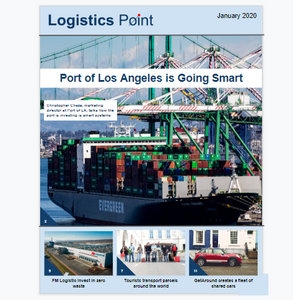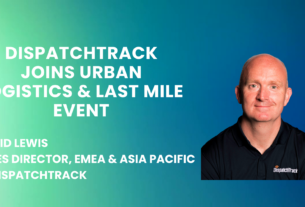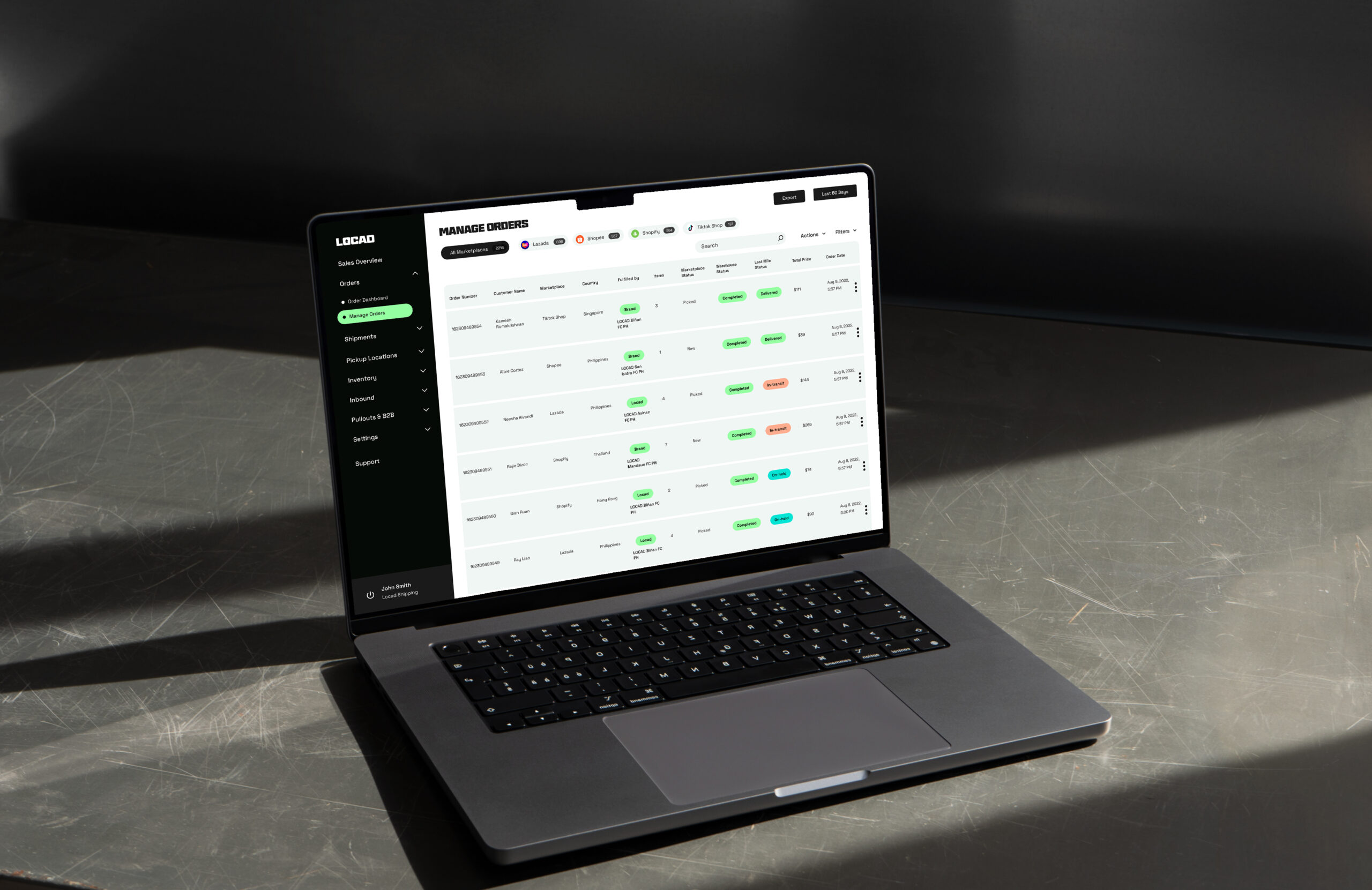The large US port is investing millions in a platform that will bring more visibility.
In a series of articles and interviews The Logistics Point is going to shed light over what Smart ports are. The first interview is with Christopher Chase, marketing manager at the Port of Los Angeles. He talks about how his team is creating a digital platform that will enable all stakeholders to communicate and plan better. Christopher also explains how the industry has evolved during the past two decades and what are the biggest obstacles that it faces.
FREE: The Logistics Point Jan2020
What is a ‘smart port’ and how will it improve the service you provide?
For us a Smart Port takes advantage of the digital transformation in the world and applies it to the core issues or operations, depending on what you need. The idea is to evolve with our customer’s base, prepare for what is next and be able to fight deficiencies within the supply chain that the digitisation maybe able to provide.
Our Smart Port project – Port Optimizer, is a visibility tool which we are working on with GE Transportation with the idea of sharing information in a common place amongst all supply chain stakeholders. Much of the information is available but it is not always easy to find and many people in the supply chain are not sharing it because there is no direct financial relationship. We are trying to promote efficiency in our port, utilise our physical infrastructure better and share information about the cargo coming in and out, its movements around the port with the appropriate stakeholders.
What deficiencies are you trying to solve?
There are big deficiencies that we have come across over the last number of years. There is so much cargo moving in such a high speed. Sharing data with people will improve planning. Most importantly sharing the information on one platform will stop them wasting time looking for it. You really see the improvements as truckers are being more efficient; better planning on the pick-up or delivery cycles on containers to and from one of our port terminals.
We are currently working on getting the data once the cargo arrives at a terminal or a shipping line overseas. Ideally it would go as far as you could in the supply chain but at this point it is going to the pick-up. Right now it stops at the port facility but we are designing the system and working with our partners to do as much as can and we can always expand it in the future.
Christopher Chaze, Marketing Manager at the Port of LA.
How are people going to be affected by all this?
We are trying to provide a system of systems. We are not changing anybody’s existing systems. We are just trying to be the link that allows those systems to talk to each other and share the appropriate information. Whatever people are doing today in their existing jobs doesn’t change. We are just putting the information that they put into the computer systems and we are linking it together. So this is a process that will drive deficiencies away and will enable better planning to allow people to do their jobs better. This system doesn’t change the way people operate we are just taking data that is already input and utilising it.
Subscribe to read it all when our FREE online MAGAZINE is published!
#portofLA #maritime #logistics #smartport


